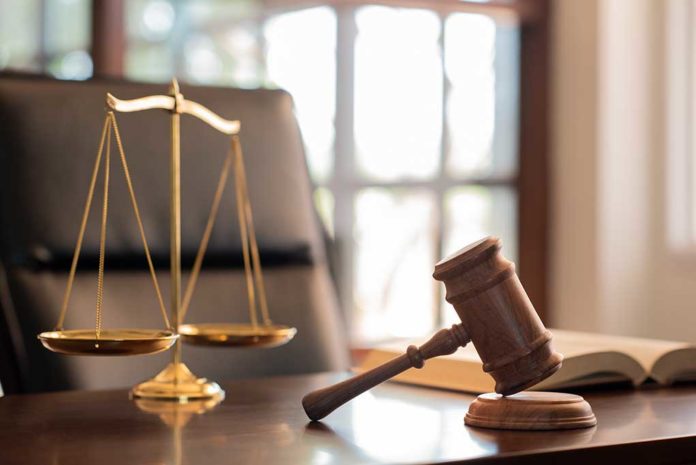(USNewsReport.org) – The Supreme Court of the United States (SCOTUS) is one of the most important judicial bodies in our country today. Not only is it responsible for overseeing Constitutional law and enforcing civil liberties, but it also serves as the highest court in the land. The decisions it hands down often serve as judicial landmarks within the US justice system, impacting the entire country, our government and everyday citizens in a big way.
SCOTUS’s importance also means it isn’t necessarily accessible to all parties. In fact, this level of court only hears cases which feature certain eligibility factors. Considerations include whether or not the case relies on Constitutional law, if the parties involved have already exhausted their options at all other levels of the court and whether SCOTUS has the right to intervene under the law in the first place. Here’s how they decide which cases to hear.
It All Starts With a Petition
As with most other levels of court, SCOTUS operates by first deciding whether they should intervene in a case. Someone who is party to the case — typically either the defendant or plaintiff — creates a written request for consideration. This is referred to as a petition.
Deliberation
A total of nine judges serve on the Supreme Court at all times. When they receive a petition, each justice reviews it for eligibility following the aforementioned factors. They may unanimously agree, or they may debate or deliberate the matter further. In some cases, they may also request additional information about the case. The amount of time this takes typically falls somewhere around 6 weeks but can vary based on case complexity.
The “Rule of Four”
If at least four of the nine judges agree that the case has merit, they will issue a document known as a Writ of Certiorari to the lower court. This is essentially a request to forward the case, and all information associated with it, to SCOTUS. The Supreme Court then takes ownership of the case, placing it “on the docket.”
What Happens Next?
After SCOTUS agrees to take a case, the petitioner must create a brief — a document arguing his or her case and the merits it contains. This document, which may be up to 50 pages long if a case is complex, is far more in-depth than the original petition. Once filed, the other party involved in the case is granted the right to defend themselves by filing their own brief.
Depending on the nature of the case in question, other parties may be permitted to give their opinion on the evidence. Common examples include the US Government, the lower courts, the Solicitor General or any other agency which has a direct stake in the decision. To do so, they must fill out and submit a document known as an amicus curiae, or “friend of the court” brief.
Once SCOTUS receives briefs from all involved parties, they allow each of the same to respond to one another (if desired) via shorter form documents. Then, they schedule the case for trial, which ultimately results in a final decision on the matter.
Copyright 2021, USNewsReport.org




